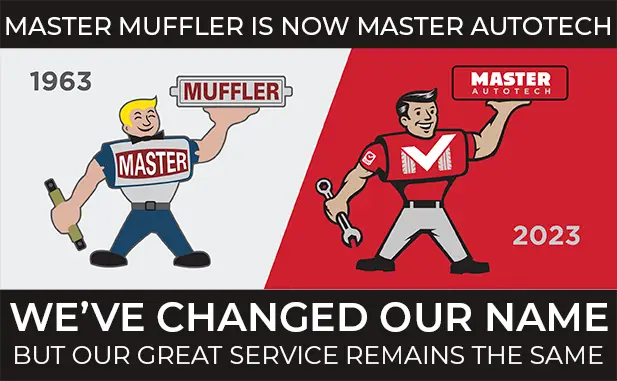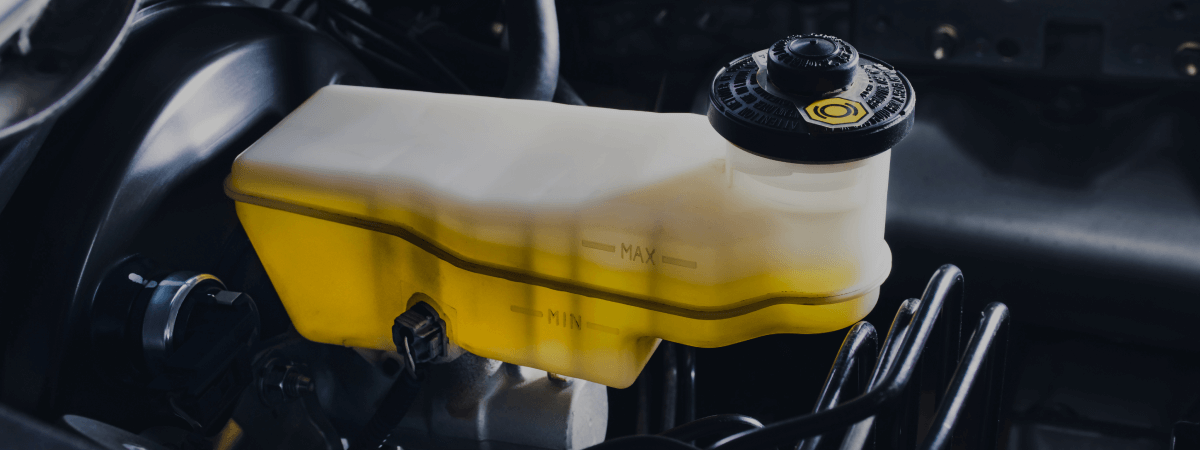
Moving Your Vehicle
The last thing you’ll think about during a move is how you’re going to move your vehicle. While many people simply drive their vehicle (packed full with their belongings) to their destinations, others can’t and find it necessary to ship their vehicle. If you are planning on shipping your vehicle, whether across state lines or internationally, here are a few things to keep in mind.
Plan Ahead
It takes time and coordination to move a vehicle, so make sure that you plan ahead. Ideally, you should schedule your vehicle move at least 4 weeks before your plan on moving homes. With your mover, you will be able to schedule the date, time, and location that’ll work for you.
Inspect Your Car
Make sure your car is fully inspected before you move it. This includes documenting your current mileage and any pre-existing damage (such as scratches, dents, etc.). It’s smart to have a written document and photo documentation of your car’s current condition. Your moving company should also have you fill out a condition report that both you and the movers will sign. This report will be your protection should any damage happen during the move. Have your car checked by a certified auto mechanic before you move so that you have a detailed record of its current condition.
Get Insured
You should only work with a moving company that has the proper insurance to cover any damage or theft that could potentially happen during the move. Have a copy of the insurance policy sent to you so you can review it before you sign any documents. You may want to contact your individual insurance company to see if your policy covers moving a vehicle.
Remove Personal Items
Before you sign your vehicle over to the mover, make sure that all personal items are removed. Any standard items that are left in your vehicle (such as your spare tire or jack) need to be tied down so that they will not move during transit.
Delivery and Inspection
You’ll need to plan the delivery location as well. Make sure you pick up your vehicle during the day or in an area that is well lit so that you can fully inspect your car upon delivery. Make documentation of any damage that did not exist before the move. If there seem to be any lingering problems, immediately take your car to your auto mechanic to have it thoroughly inspected.
Related Posts
Key Takeaways On average, passenger vehicle tires last 40,000 to 60,000 miles, depending on type, driving habits, and maintenance. Replace tires when tread depth reaches 2/32”, if damaged, or older than 10 years. Regular rotation, alignment, and proper inflation extend tire life. Aggressive driving, poor roads, and harsh weather shorten tire lifespan. Take advantage [...]
When you think about car maintenance, you probably focus on oil changes, tire rotations, and maybe even brake pad replacement. But what about your brake fluid? If you’ve ever wondered, “What does brake fluid do?” or “Why is brake fluid important?”, you’re not alone. Brake fluid might not be the most talked-about part of [...]
Is that high-pitched squeal from your brakes driving you—and everyone else—crazy? Don’t ignore it. Squeaky brakes aren’t just annoying, they’re your car’s way of saying something needs attention. Whether you're cruising through Salt Lake City or winding up Idaho’s mountain passes, here’s what’s likely going on, how you can fix it, and when it [...]





